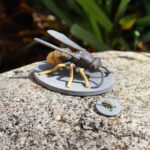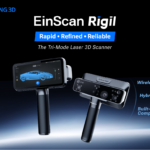It is always exciting to see a new first in certified aerospace metal components, and this one is particularly significant as it is the first load-bearing metal printed part to be certified for aviation use. It has been designed jointly with Lufthansa Teknic and aerostructure specialist Premium AEROTEC.
You can see the item in the image below.
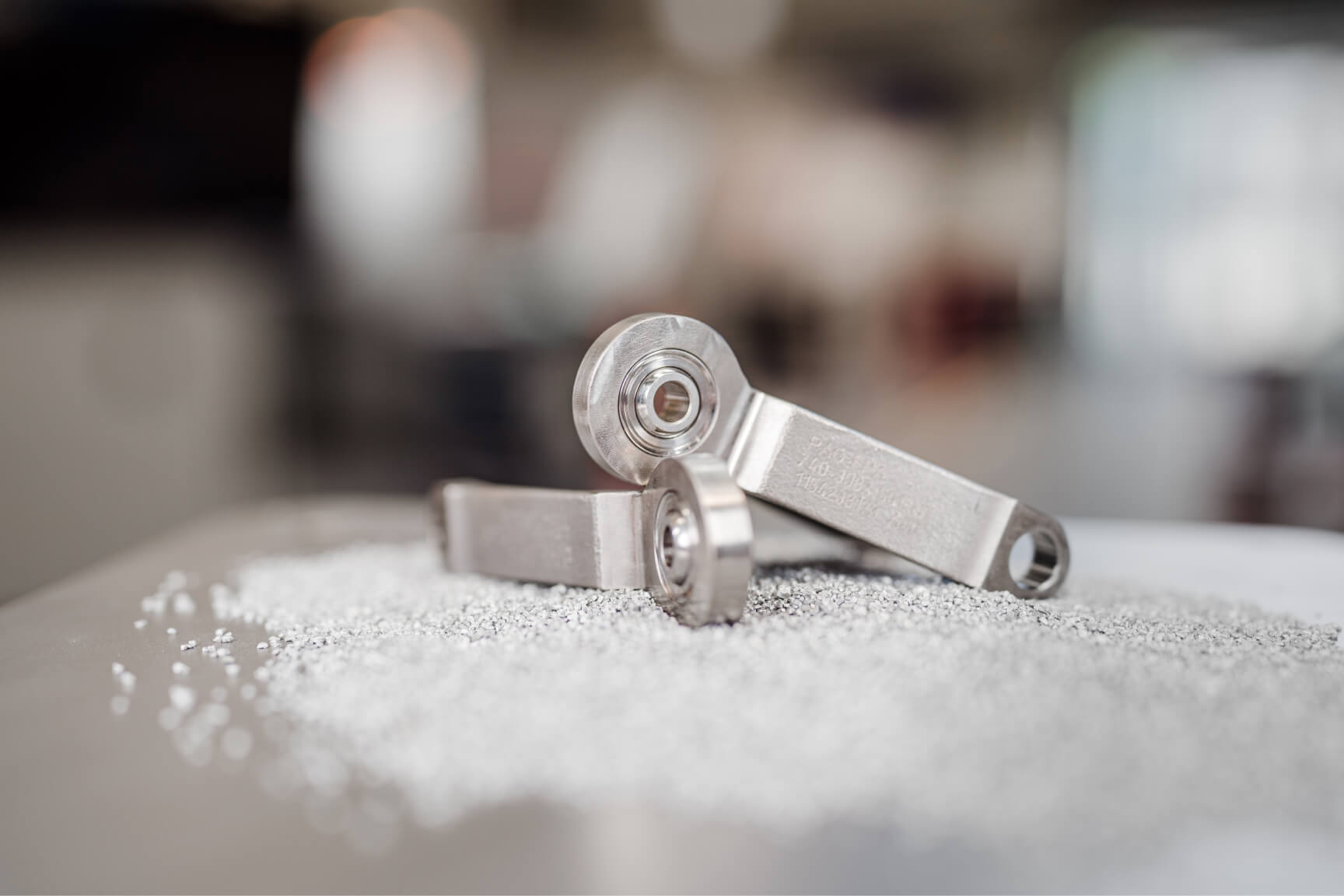
In previous articles we saw the first critical metal AM part certified by the USAF and also the first critical metal part certified by the FAA. Note the careful phrasing. These parts were critical, but not load-bearing. This Lufthansa Technik part is designed to carry load, and is the first time a load carrying metal AM part has been certified for aviation.
Specifically, this part, called an “A-link” is part of the de-icing system for the IAE-V2500 engine.
It was developed at Lufthansa Technik’s Additive Manufacturing (AM) Center and will be produced at the Premium AEROTEC site in Varel, Germany.
On the engine proper there are 9 of these parts located in the engine’s inlet cowl and they are used to fasten a hot air duct. Being close to the engine and operating at high altitude, the components are subjected to all kind of physical and environmental stresses and so are prone to replacement after time. The vibration in particular causes wear on the parts and in addition, extremes of temperature up to 300 degrees Celsius are experienced by the components. Typically, titanium is the go-to alloy for these components as titanium is lightweight, strong, stiff, and dimensionally stable in high temperatures.
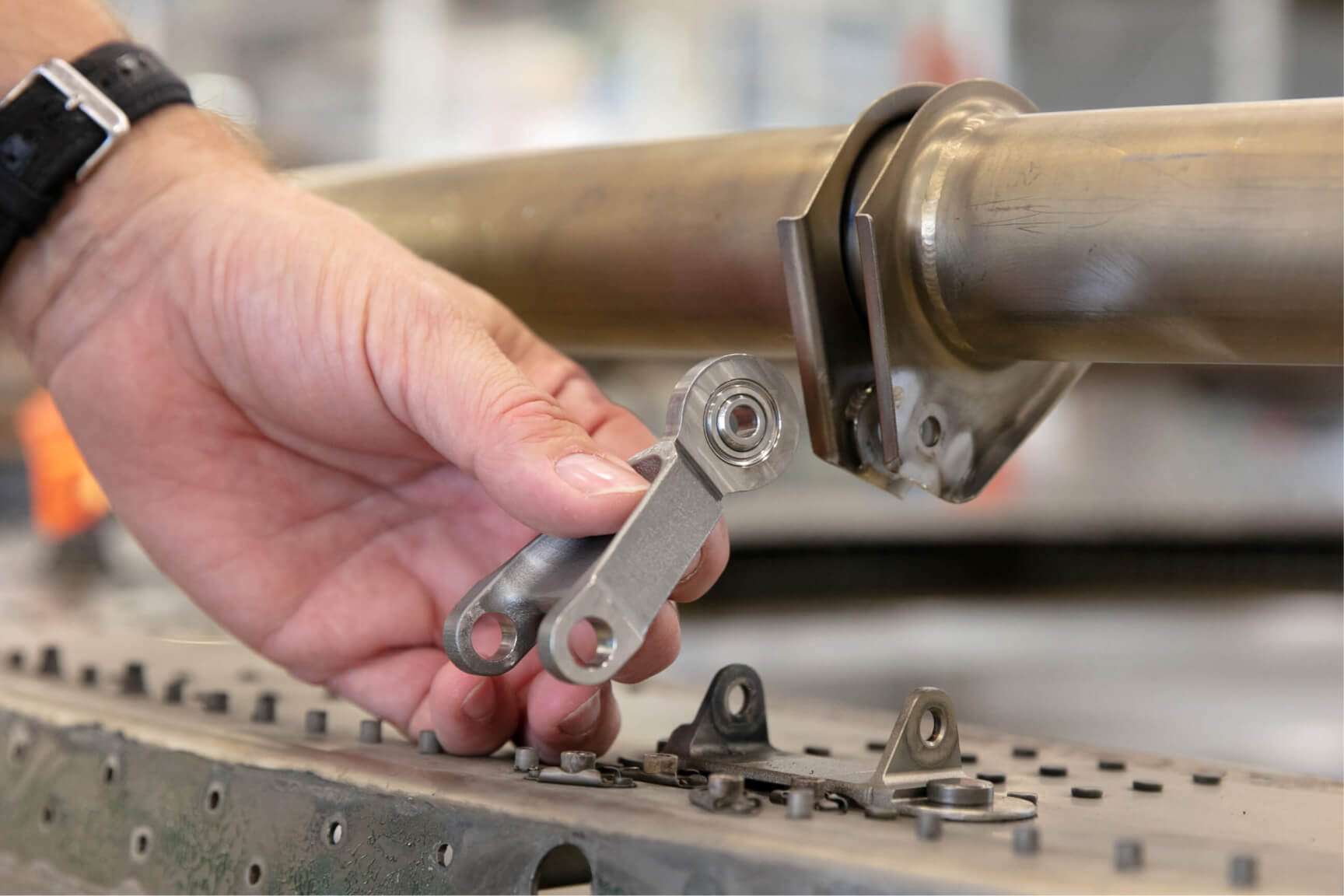
Traditionally these part were manufactured with forging processes, which requires tooling, jigs and other fixtures for fabrication. However, these steps are redundant where it comes to printing, for which they used LPBF to fuse the titanium powder into parts before a final machining for the surfaces.
For certification, Premium AEROTEC printed a statistically significant number of test parts to quantify the process and ensure quality and repeatability while characterizing the mechanical properties of the parts with respect to the printing process. It was demonstrated that the printed part is superior in tensile strength to the forged counterpart.
“We have been producing components for the aircraft cabin, the vast majority of which are made of plastic, using 3D printing for years. Now we are able to demonstrate that structurally relevant metal parts for use outside the cabin can also be manufactured additively and approved for flight operations,” said Soeren Stark, Chief Operating Officer of Lufthansa Technik.
“In this way, we have not only achieved a cost saving for the component in question, but also defined and qualified all the necessary processes for the application of this groundbreaking manufacturing method for structurally relevant metal parts.”
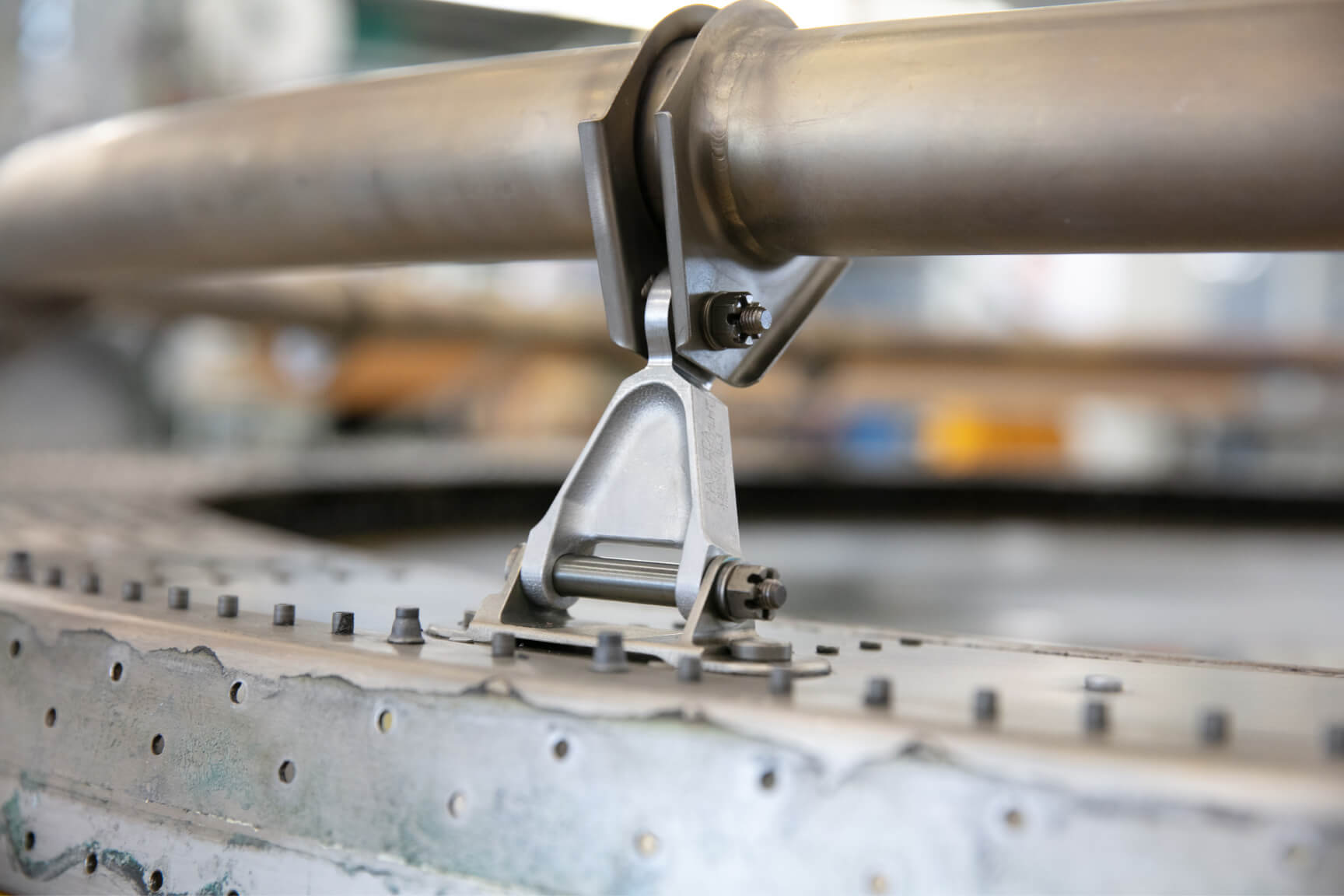
The keen-eyed DfM nerds among you may have noticed in the image above that the A-link doesn’t look particularly “3D printish” in terms of its geometry. There doesn’t seem to be anything about this part that couldn’t be made via forging or machining.
Lufthansa explains this. For them, it was most important to understand and predict the process, and for this it was expedient to use the same geometry as the forged part. This has formed a baseline for comparison, and will serve as a basis for further optimisations with AM down the line.
In other words, it’s easier to certify something that looks like an old thing than it is to certify something weird looking.
But this is a step in the right direction, and it won’t be long before we see organic looking topologically optimized metal parts being certified for load-bearing (and critical) parts on aircraft.





